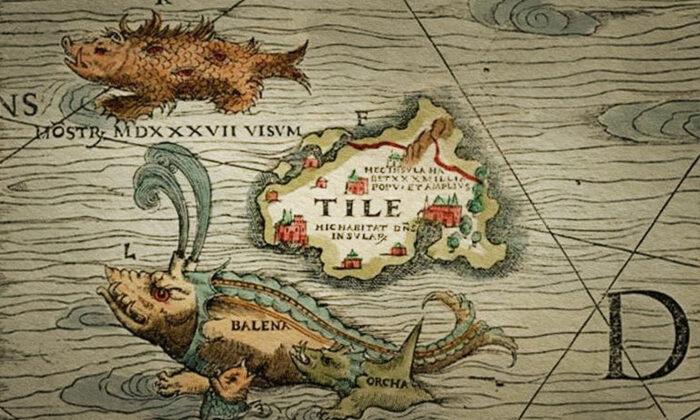After 500 years, archaeologists believe that they have found the wreck of the Santa Maria - the flagship of Christopher Columbus - at the bottom of the sea off the north coast of Haiti, according to an exclusive report in The Independent.
The Santa Maria was the largest of the three ships used by Christopher Columbus in his first voyage. The 58 ft ship was built in the second half of the 15th century in northern Spain’s Basque Country. In 1492, Columbus hired the ship and sailed in it from southern Spain’s Atlantic coast via the Canary Islands in search of a new western route to Asia.
After 37 days, Columbus reached the Bahamas. According to historical accounts, after engaging in festivities and drinking, Columbus ordered that the crew continue sailing to Cuba late into the night. One-by-one the crew kept falling asleep until only a cabin boy was steering the ship which caused the ship to run aground off the present-day site of Cap-Haïtien, Haiti on December 25, 1492, and was lost. Realizing that the ship was beyond repair, Columbus ordered his men to strip the timbers from the ship. The timbers from the ship were later used to build a fort which he called La Navidad (Christmas) because the wreck occurred on Christmas Day, north from the modern town of Limonade.
The hunt for Columbus’ ship was started a decade ago by an underwater archaeological team led by expert Barry Clifford. A series of discoveries over the years hinted at clues as to where the ship might be located. This, combined with information from Christopher Columbus’ diary enabled Clifford to work out where the wreck should be and finally led the team to a wreck, including pile of the ship’s ballast, and a cannon of exactly the type known to have been on-board the Santa Maria.
“All the geographical, underwater topography and archaeological evidence strongly suggests that this wreck is Columbus’ famous flagship, the Santa Maria,” said Clifford. For example, its location matches the position Columbus described in his diary, and the site is also an exact match in terms of historical knowledge about the underwater topography associated with the loss of the Santa Maria.
“I am confident that a full excavation of the wreck will yield the first ever detailed marine archaeological evidence of Columbus’ discovery of America,” added Clifford.
So far, Mr Clifford’s team has carried out purely non-invasive survey work at the site – measuring and photographing it. Now excavation work and testing will need to be carried out to confirm the finding.
While Ancient-Origins does not respect the actions of Christopher Columbus, who led the way for indigenous populations to have their culture decimated and their population murdered, displaced or forced into slavery, the discovery of the 500-year-old wreck of Santa Maria nevertheless holds important historical value.
Republished from Ancient Origins with permission.




